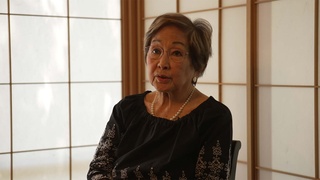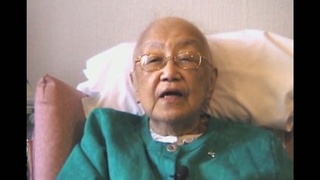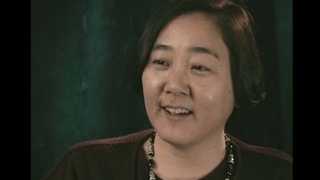Interviews
Japanese community in Mission
Well, it was quite united. Sure, there were factions, like Buddhist faction, Christian factions, and some didn't believe in the farmers association and weren't members, they were more or less independent. But all in all, they got together. After all, the majority of them were all members of the Japanese farmers association or nokai as they called it. And during the meeting, why sure, they got together and ironed things out and settled the thing. And if there's any (tragedies) to the family, why, there's mimaikin or condolence money given to them.
I*: Yeah, so you have the nokai, you have the different kenjinkais. How much socialization happened back then?
Well, most of the socialization was done between kenjins, kenjins. Well, you're from the same prefecture, why, there's a sense of intimacy or closeness. We were the only Wakayama-ken people in Mission, so we were pretty left out, but there, like I mentioned here in the book, there's Fukuoka-ken, there's Shiga-ken, there's Tottori-ken, Hiroshima-ken, Kanagawa-ken.
* “I” indicates an interviewer (Norm Ibuki).
Date: October 29, 2005
Location: Toronto, Canada
Interviewer: Norm Ibuki
Contributed by: Sedai, the Japanese Canadian Legacy Project, Japanese Canadian Cultural Center
Explore More Videos

Parents in Utah
(b. 1939) a businesswoman whose family volunterily moved to Salt Lake City in Utah during the war.

Not bringing shame to family
(1926 - 2012) Scholar and professor of anthropology. Leader in the establishment of ethnic studies as an academic discipline

Role of the Japanese American National Museum
(1926 - 2012) Scholar and professor of anthropology. Leader in the establishment of ethnic studies as an academic discipline

Japanese American community life
(b. 1939) Japanese American painter, printmaker & professor

Experiences during World War II
(1918-2004) Interned in Slocan during World War II. Active member of the Japanese Canadian community.

The impact of Pearl Harbor on his family
(b. 1918) Issei businessman in Canada

Her early life in Canada
(b.1912) Japanese Canadian Issei. Immigrated with husband to Canada in 1931

Chose to go back to Japan
(b.1924) Japanese Canadian Nisei. Interpreter for British Army in Japan after WWII. Active in Japanese Canadian community

Social activities in Tashme
(b.1920) Japanese Canadian Nisei. Established the Ikenobo Ikebana Society of Toronto

The identity of Nikkei Canadians seen in the Buddhist Church (Japanese)
Tsuda College President, researcher of Nikkei history

Taiko as self-expression
Co-founder and creative director of San Jose Taiko

A “principally-based” taiko group in England creating a global taiko community
Co-founder and creative director of San Jose Taiko

The various realities of Nikkei in Latin America (Spanish)
(b. 1950) Nisei Chilean, Businessman

The importance of Japanese American role models in childhood community
(b. 1955) Lawyer

Recognizing issues of dual identity in the nisei generation
(b. 1955) Lawyer
